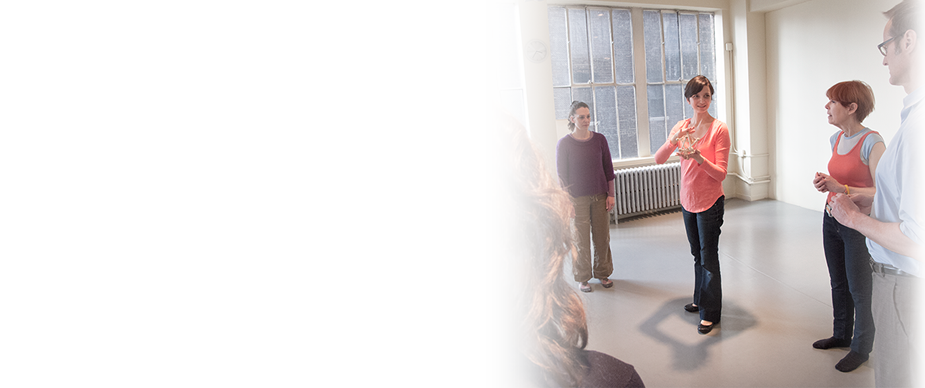Put on your thinking cap and "do"!
/
It's a pretty amazing thing when you think of how many words make up a language and therefore how much common ground there must be to communicate and to comprehend. I order a small coffee with soy milk and I receive a small coffee with soy milk (most of the time). Pretty amazing. Also, pretty simple and not too hard to mess up. Nonetheless, what we hear passes through a filter of what we already understand, which leaves a lot left up to interpretation.
For example, on Saturday, I visited a local cafe in my neighborhood in Brooklyn. I asked for soy milk in my coffee. They were out of soy milk, which they generally have in stock. The woman behind the counter asked another employee to go and purchase some soy milk. I didn't mind waiting. He came back five minutes later with two quarts of Lactaid and was promptly sent back to the grocery store to return them. He thought that "soy" was a brand like "Lactaid" is a brand and that they were essentially the same thing. My initial thought was, "Does this guy actually not know that "soy" is a bean?", and then realized that if someone had never made any effort to limit dairy intake, that they may not even be aware of what the non-dairy options are. Long story short, I bought the coffee and added my own soy milk at home.
If you've been following this blog, you've noticed that I encourage people to expand or change their concept of what "good posture" means. In today's blog, I'd like to work on expanding the understanding of the following two words: "thinking" and "doing".
Before reading any further, write down five words that you associate with the action of "thinking" and five words that you associate with the action of "doing". The words can be verbs, nouns, adjectives . . . any part of speech that you'd like, so long as they are associations that you make with those actions. Don't think to hard about it. Write down what pops into mind. We'll come back to these list in a moment
If you've taken Alexander Technique lessons or read about the technique, you have likely heard ideas like:
"Think, don't do" or to aim for "Non-doing"
I've said these words myself and stand by them.
Last week I came across a tweet by Marie Forleo, a business coach who I follow on Twitter. Here's what she tweeted:
"Clarity comes from engagement, not thought. Take action now, you’ll find your truth."
I equally agree with Marie's statement. I see the two ideas as similar and complimentary. The first statement refers to avoiding "doing" too much in your body. Often when I ask a new student to stop tightening their neck, for example, they react by tightening it more. The reason for this is that people are so accustomed to being asked to do something that they want to do the right thing and find the right position. Asking someone to "think" instead of "do" is encouraging them to use their thought to release over-tense areas and to consciously bring their bodies out of collapse and into expansion.
The thinking involved here is different from the thinking involved in making a grocery list or doing a math problem. It's conscious embodied thought that increases our kinesthetic awareness. Our minds affect our bodies constantly, but we are often unaware of the connection. This process makes the connection conscious. At the beginning of a series of lessons, students sometimes find it challenging to learn to consciously think in a way affects their bodies. Why? Because they've separated their idea of mind and body and have limited their understanding of "thinking" to activities like math and grocery lists (ie. strategizing, planning and such).
Looking at Marie's tweet, I understand that the type of "thinking" that she refers to as the strategizing, planning, and day-dreaming kind. People can get stuck in their heads in this way and spend all of their time considering how to go about taking action, yet never actually do it. I agree with Marie's advice to "do" as opposed to "think". In the context of learning to change habits through the Alexander Technique, I agree with learning to "think" rather than "do". Same words with different meanings in different contexts.
Here's how these two ideas fit together. If you can "think" (aka consciously affect) your body in order to free yourself of mind/body habits that are holding you back, you'll be able to get out of your head and gracefully and pointedly spring into action while employing neither too much nor to little effort.
Now take a look at the words that you associated with "thinking" and "doing". Have you now broadened your concept of these two actions?
Clip art licensed from the Clip Art Gallery on DiscoverySchool.com

